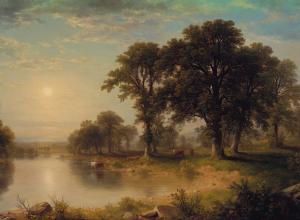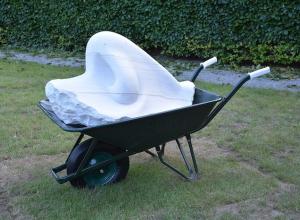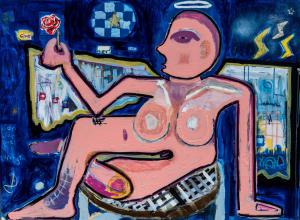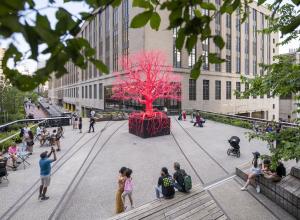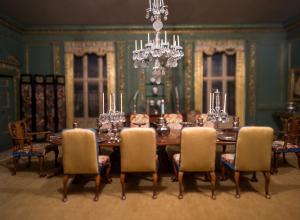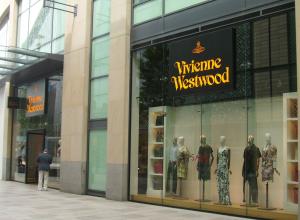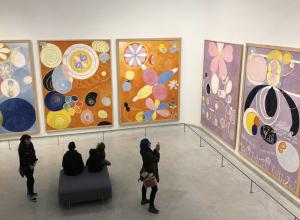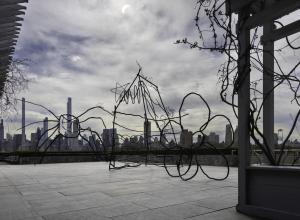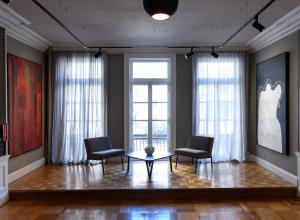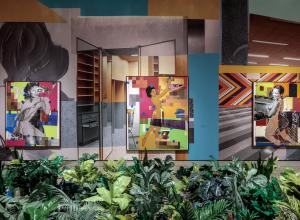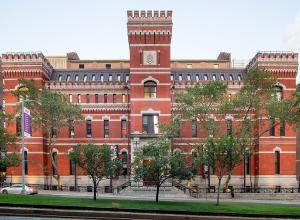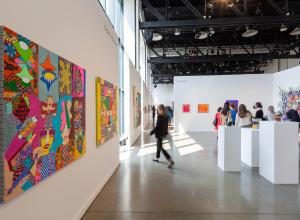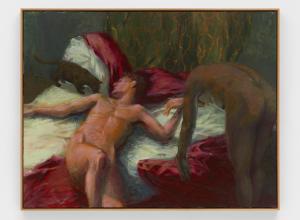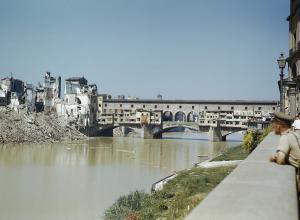The new structure is monolithic and textured, with pilastered openings, a broad courtyard, and immense windows offering views of Lake Léman and the Jura mountains. The building contains the gable of the train station shed—a site-specific nod to the rail-side location and the area’s industrial past. Carefully-considered architectural features invite community engagement, reflect the natural environment, and invoke the city’s aims for its future artistic legacy.
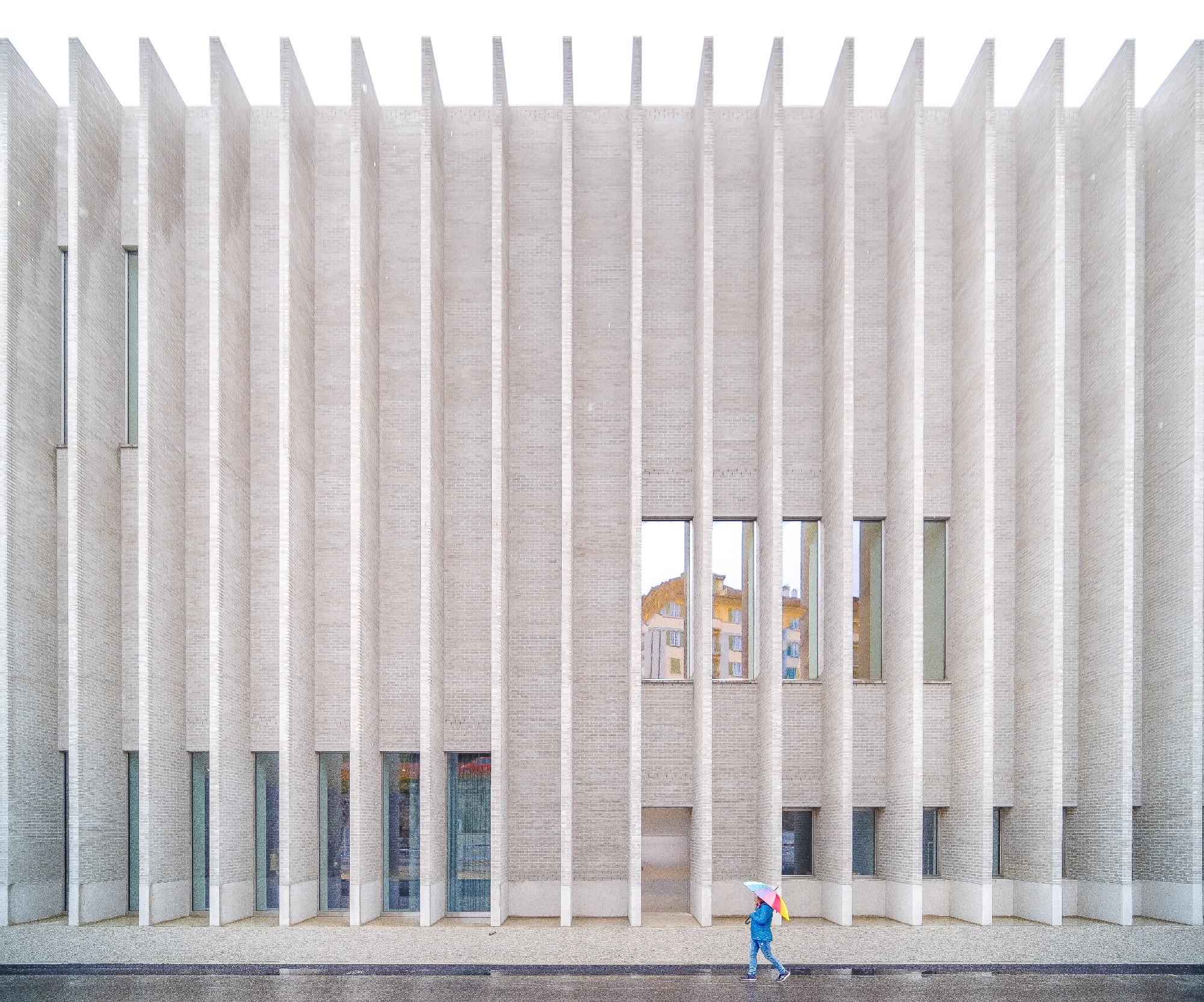
The new Musée Cantonal des Beaux-Arts (MCBA) in Lausanne is ushering in an exciting new era of arts programming in the lakeside Swiss city. The museum is housed in a striking building designed by the Barcelona architecture firm Estudio Barozzi/Veiga, right beside the city’s Beaux Arts-style train station.
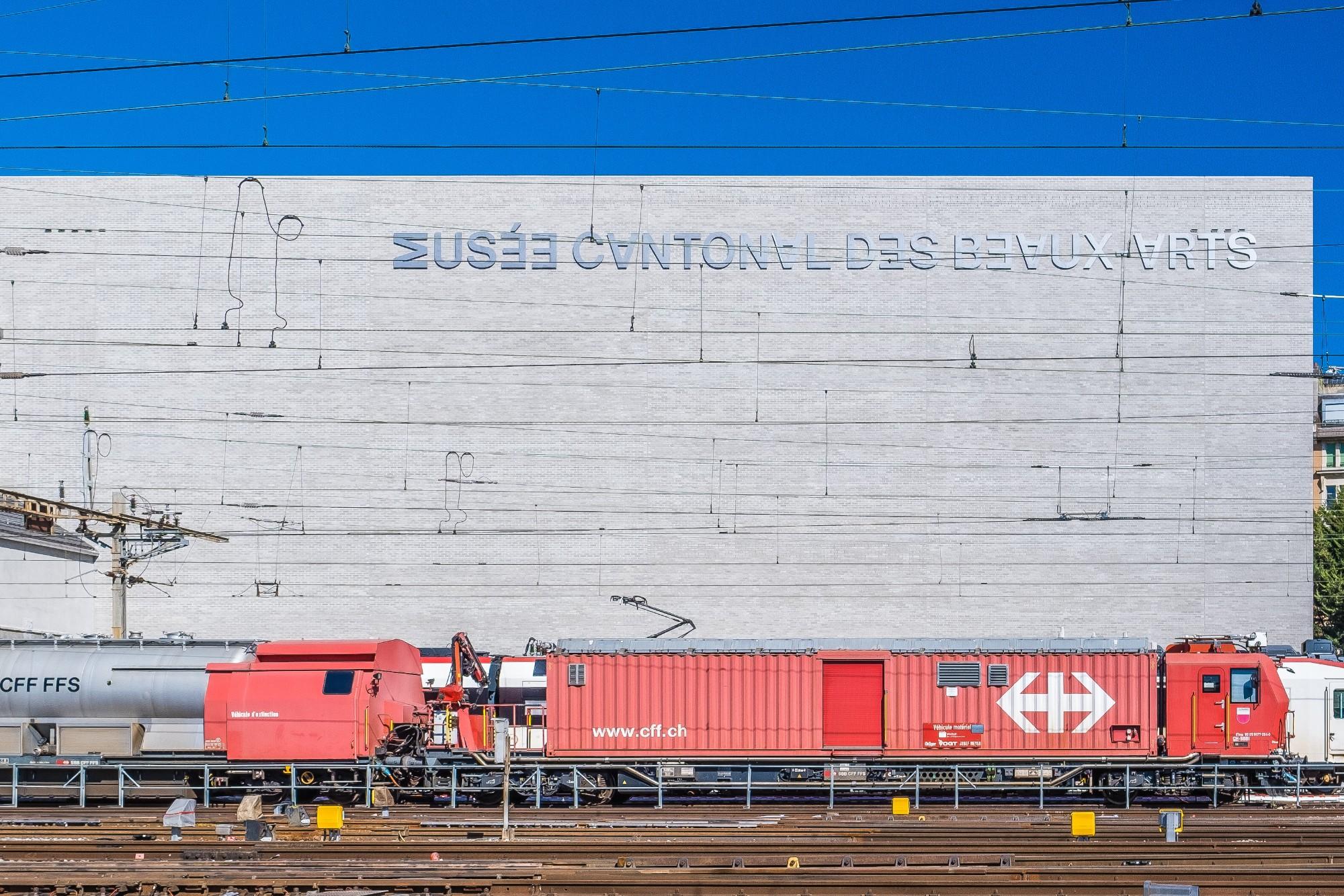
Musée cantonal des Beaux-Arts Lausanne
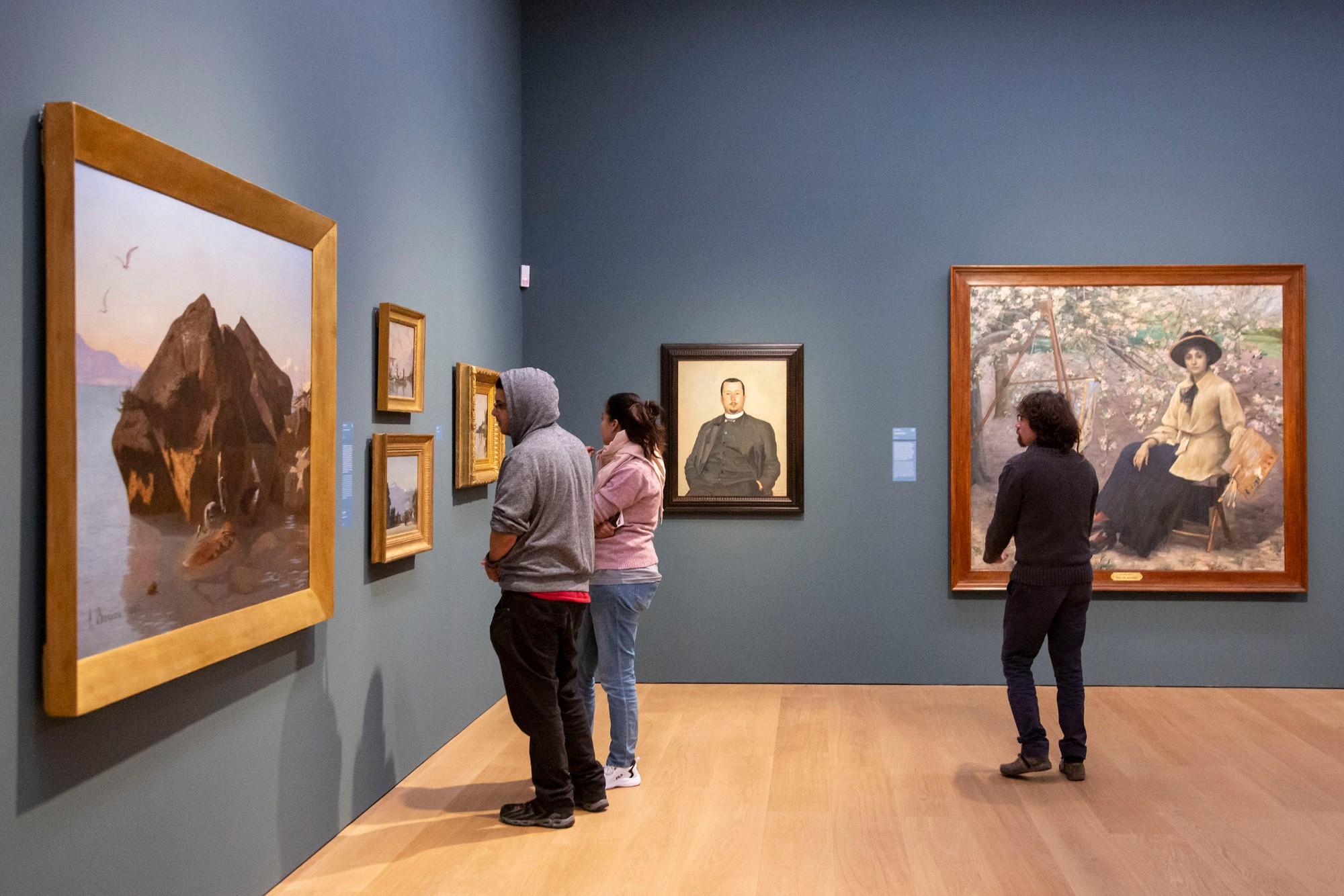
The new museum complex is named Plateform 10, and is part of a larger regional arts initiative to bring together three separate Lausanne museums. The project will comprise the state’s main art collection (the former Musée Cantonale des Beaux Arts), Lausanne’s museum of contemporary design (mudac), and its photography museum (the Musée de l’Elysée). Each institution has until now been housed separately in different parts of the city, and has maintained a unique identity and history. The project aims to bring these collections together with an ambitious exhibition program. The centralized location will make these collections easier than ever for locals and tourists to access.

Central Hall, MCBA
Lausanne’s municipal art museum has moved several times since the early nineteenth century. The city’s first art museum was housed in 1818 in the city’s school of drawing. A Neo-Classical style museum was then built in 1834 in the Place de la Riponne overlooking the city’s preserved medieval district. The museum moved to a newer, Neo-Florentine building nearby called the Palais de la Rumine as its collection grew.
Into the twentieth century, the museum continued to prioritize Swiss artists, continually expanding its holdings to represent artists from across the country. In its new Plateform 10 home, the museum maintains a robust collection of Swiss works, including paintings by Félix Vallotton, Alice Bailly, and Charles Gleyre. Its temporary exhibitions are and will continue to be more international in scope, bringing in works by artists from elsewhere in Europe and further afield.
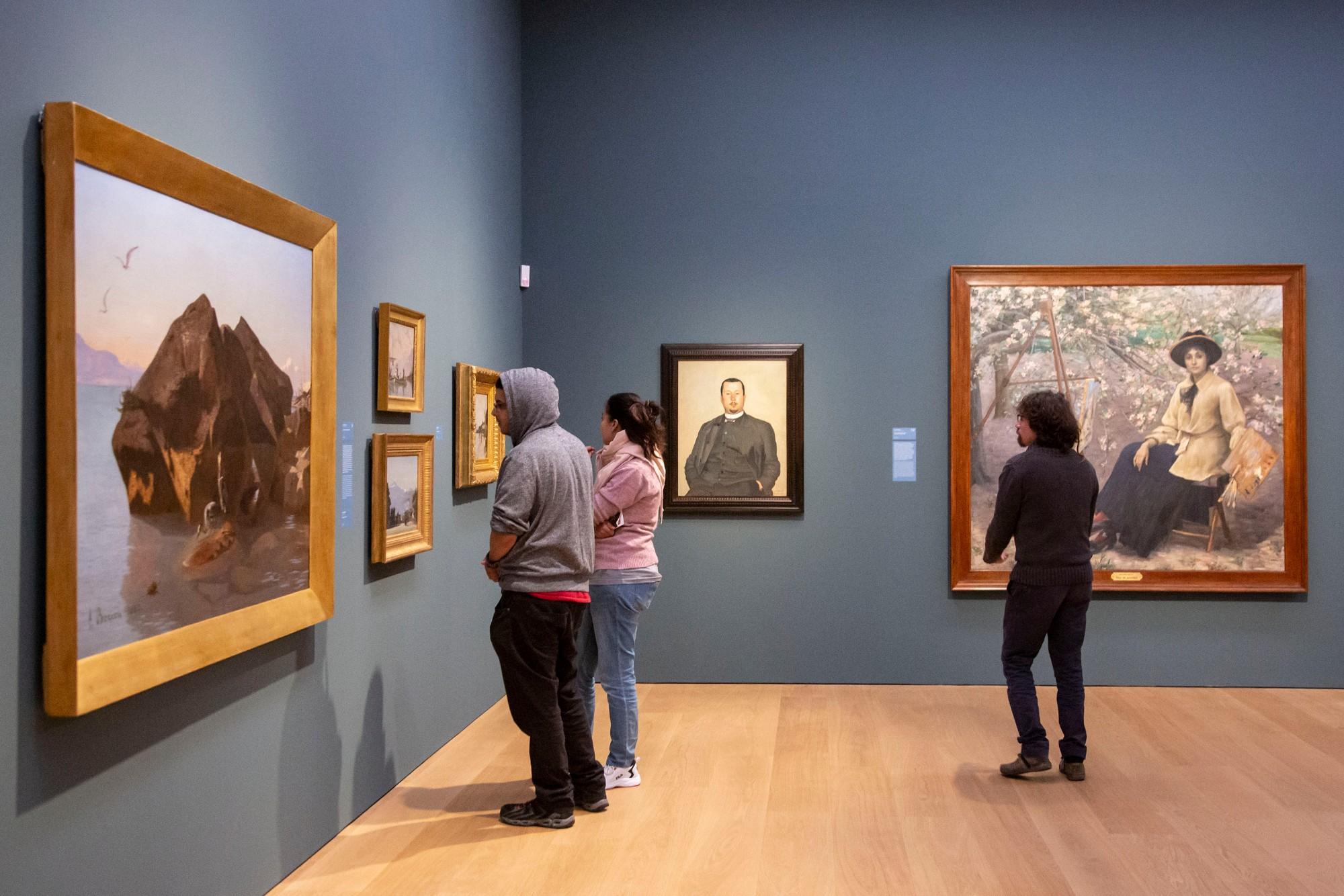
The new museum’s interior is palatial, but in a very different way than its 19th- and early 20th-century past might indicate. A wide staircase and soaring ceilings invite visitors in to airy, natural-light filled galleries. The huge windows merge views of the lake and mountains with the interior’s crisp angles and open space. Entering the museum is like taking a breath of fresh air.
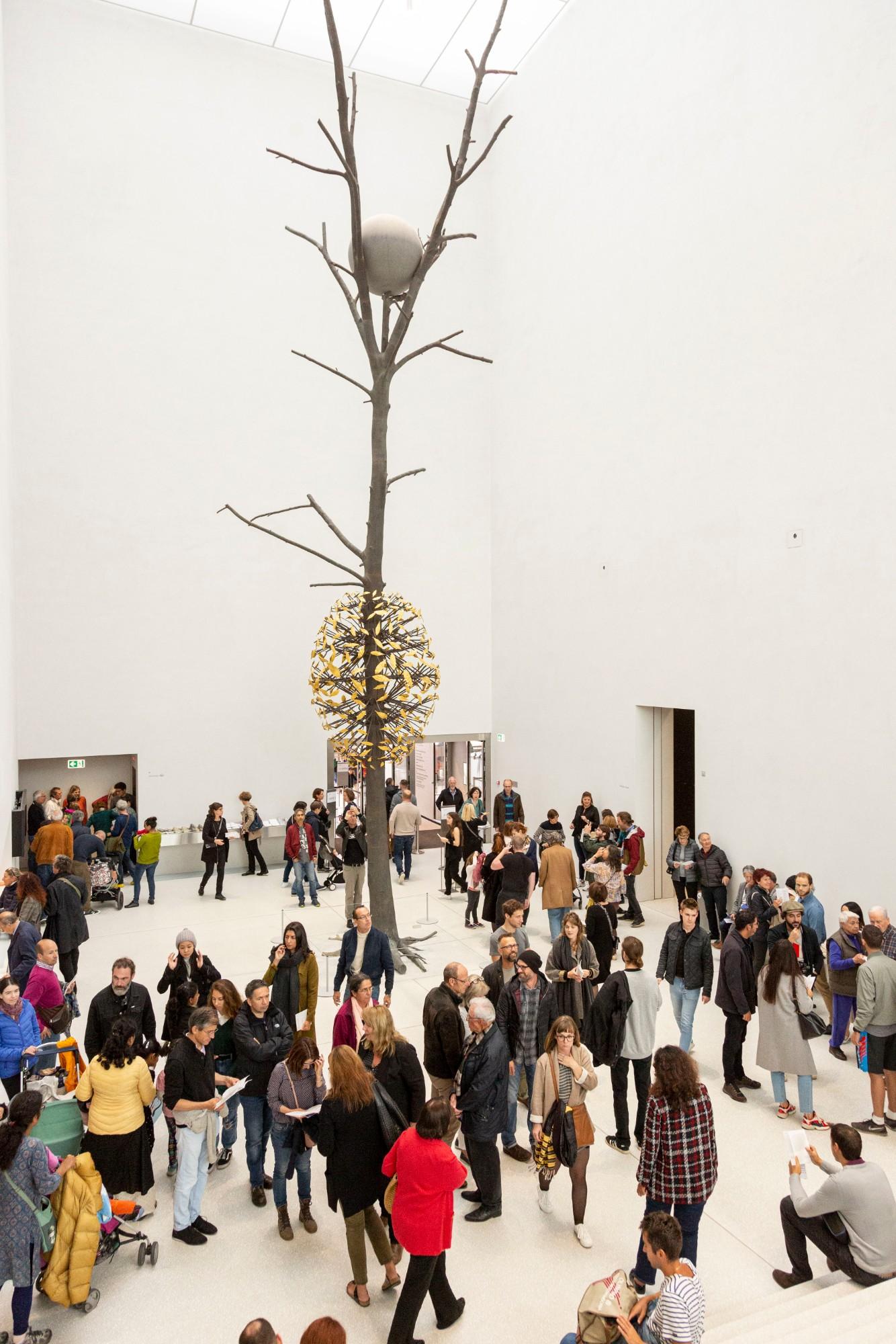
Interior Entryway, MCBA
Prior to the new museum’s unveiling, its site had been inaccessible to the public. The building looms over the Swiss rail lines, and now anchors a new neighborhood in a city increasingly opening itself up to public arts programming and urban mobility. In the new courtyard, visitors can expect landscaping by the state botanical gardens. Lausanne has long been admired for how it merges gracious architecture, natural landscape, and efficient infrastructure. Plateform 10 announces the otherwise quiet city as a major contender in the international arts realm.
MCBA’s current exhibition is Under the Skin. Vienna 1900, from Klimt to Schiele and Kokoshka, which runs through August 23rd. As of May 12th, Plateforme 10 is open to the public with requisite safety and hygiene measures in place.





